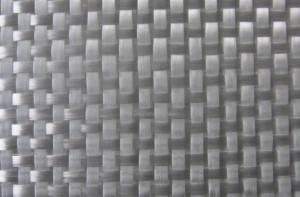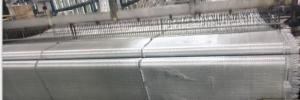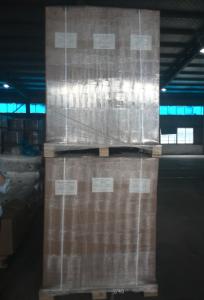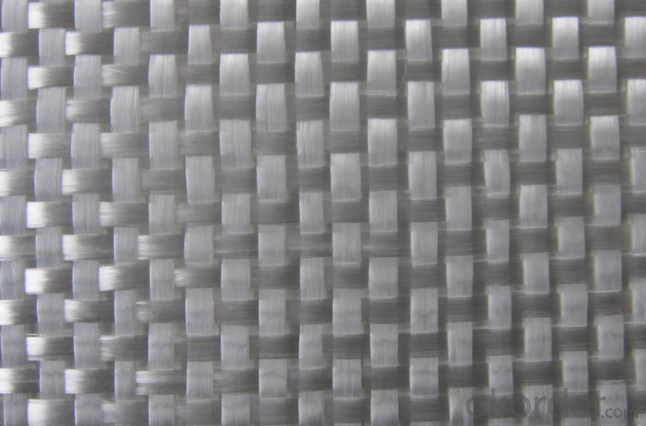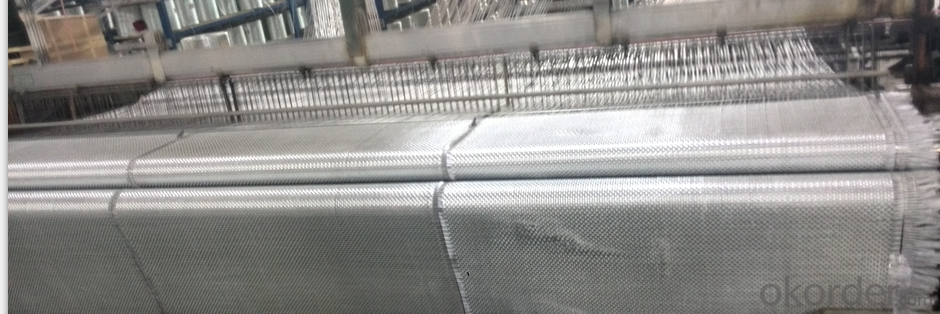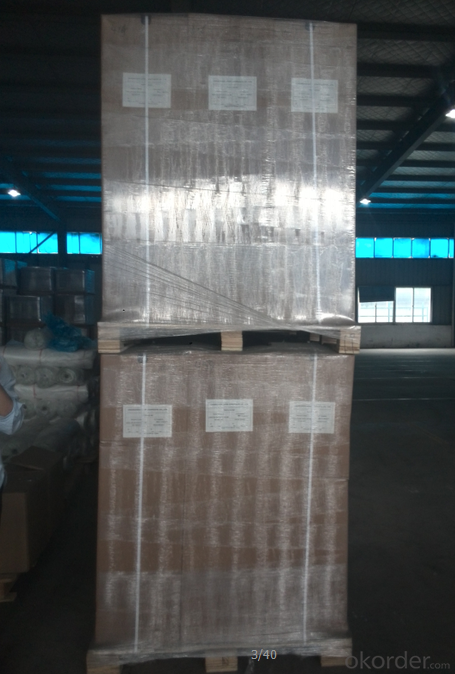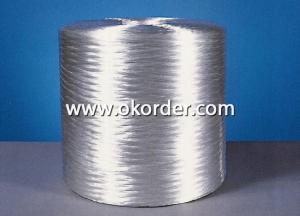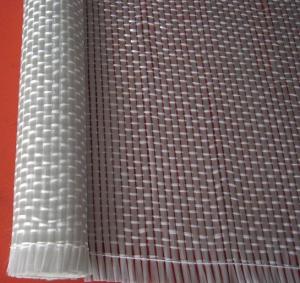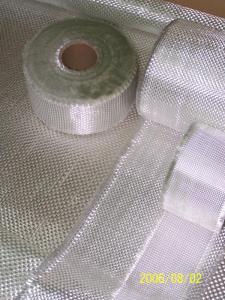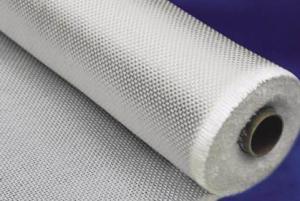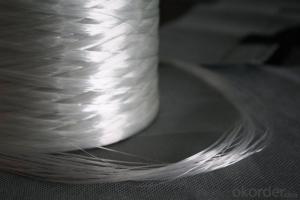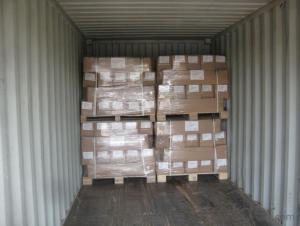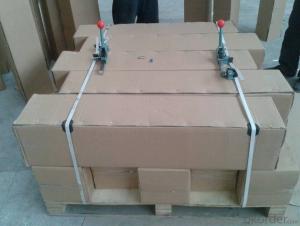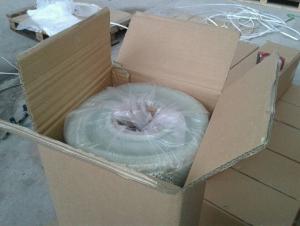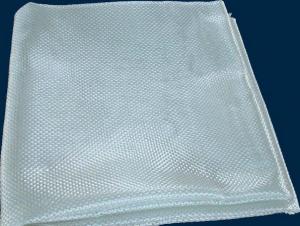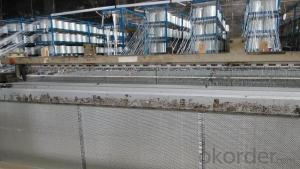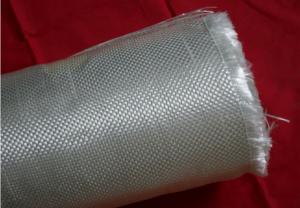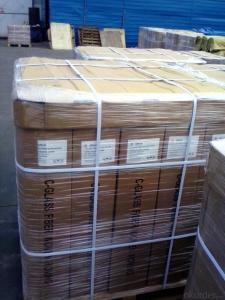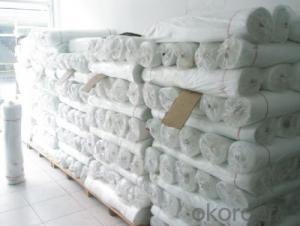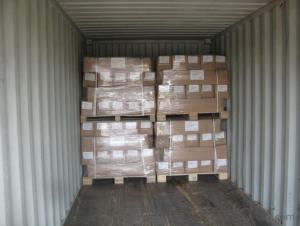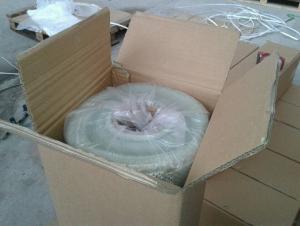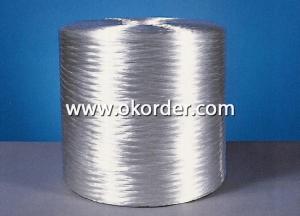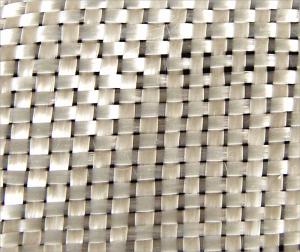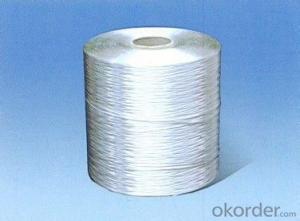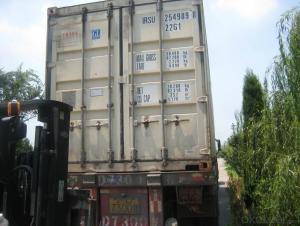Sanding Roving Woven for Fiberglass Cloth - C-Glass Fiber Woven Roving for GRP Products-1250mm
- Loading Port:
- Shanghai
- Payment Terms:
- TT or L/C
- Min Order Qty:
- 5000 kg
- Supply Capability:
- 500000 kg/month
OKorder Service Pledge
OKorder Financial Service
You Might Also Like
Product Properties of E-Glass Fiber Woven Roving
Warp and weft rovings aligned in a parallel and flat manner, resulting in uniform tension
Densely aligned fibers, resulting in high dimensional stability and making handing easy
Good moldability, fast and complete wet in resins, resulting in high productivity
Good transparency and high strength of composite products
Glass fiber woven rovings are bidirectional fabric made by interweaving direct rovings and compatible with many resin like UP, vinyl ester, epoxy and phenolic resin.
It is a high-performance reinforcement widely used in hand lay-up and robot processes for the production of boats, vessels, plane and automotive parts, furniture and sports facilities
Package of E-Glass Fiber Woven Roving
Woven roving are wounded onto a paper tube which has an inside diameter of 89mm, and the roll has a diameter of 260mm. The roll is wrapped up with plastic film, and then packed in a cardboard box or wrapped up with kraft paper. The rolls are to be horizontally placed. For transporation the rolls can be loaded into a container directly or on pallets.
Storage of E-Glass Fiber Woven Roving
Unless otherwise specified, fiberglass products should be stored in a dry, cool and rain-proof area. It is recommended that the room temperature and humidity should be always maintained at 15℃-35℃ and 35%-65% respectively
Specifications.
| Product code | Mass(g/m²) | Fabric density(end/cm) | Width (mm) | Roll weight(kg) | Compatible resins | |
| warp | weft | |||||
| EWR400 | 400 | 3.6 | 3.2 | 1500 | 40 | UP/EP/VE |
| EWR400 | 400 | 3.6 | 3.2 | 1500 | 50 | UP/EP/VE |
| EWR600 | 600 | 2.6 | 2.4 | 1500 | 40 | UP/EP/VE |
| EWR600 | 600 | 2.6 | 2.4 | 1500 | 50 | UP/EP/VE |
| EWR800 | 800 | 1.8 | 1.5 | 1500 | 40 | UP/EP/VE |
| EWR800 | 800 | 1.8 | 1.5 | 1500 | 50 | UP/EP/VE |
Images:
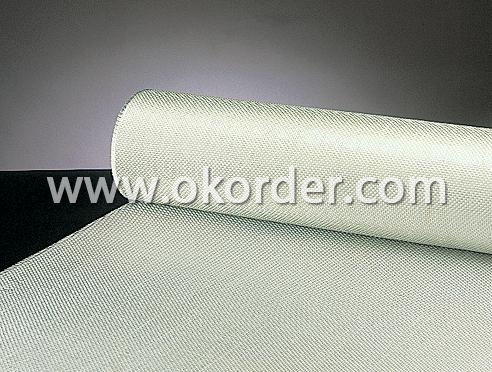
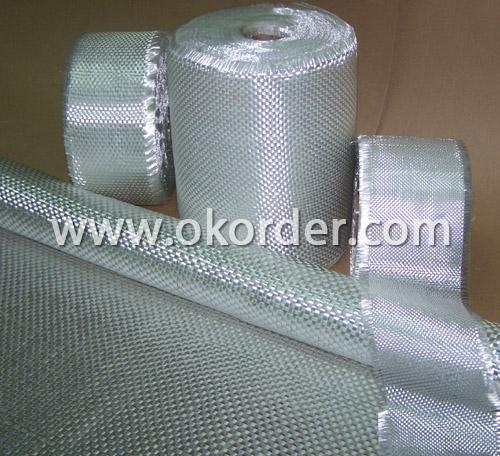
FAQ:
1. Why Choose us?
CNBM is a stated own company, provide the guarantee for the best quality, best service and safety business.
2. How will we guarantee the quality?
a, ISO 9001-2008 quality control system;
b, Strict and regular quality control in production;
c, Inspeciation when loading into container before shippment;
d, Sample stock for one year for quality tracing and record.
3. What is your MOQ?
Our MOQ is one pallet.
4. Can you provide sample?
Yes, samples are in stock. we can offer free sample for you.
5. Payment terms?
We can accept L/C, T/T etc
- Q: Can glass fiber be used for cement components
- Glass fiber reinforced cement products uses glass?fiber to produce cement component. The glass fiber should be alkali resistant glass fiber twist roving, alkali resistant glass fiber chopped strand and alkali resistant glass fiber mesh cloth which comply with JC/T5,72 or JC/T 841 requirements. The cement should be in accordance with JC7/14 and portland cement should comply with the provisions of GB 175. Portland cement must be mixed with absorable Ca (O H), alkali materials or acrylic?acid emulsion with the content of alkali resistant glass fiber is higher than 16%.
- Q: What's the difference between fiberglass roving and spun yarn? Is the production equipment the same?
- The company has advanced production equipment, strong technical force, mainly produces non alkali glass fiber 30 and 40 spun yarn, and produces 1500 tons annually. There are two kinds of paraffin and silane
- Q: What type of cement is used in the common GRC component?
- Of course, the low alkali rapid hardening sulphoaluminate cement is good, but we do not use it as the cost increased, and the additive is double glass fiber mesh cloth. Cememt ans sand shall be simple packed. If it is the large mount, we could use machine for production
- Q: What is the difference between glass fiber reinforced plastic antenna and cannon antenna?
- One is made of glass, the other is made of iron.
- Q: What parts must used fiber reinforced concrete?
- Dimensional concrete has high tensile strength and ultimate bending strength, or other importanter enginering part. Now many bridges uses prestressed concrete, especially the toughness increasing range is large, we rarely seen fiber reinforced concrete for bridges.
- Q: What can glass fiber grid do in road engineering?
- The things generally are flexible materials, which is flexible than the asphalt concrete pavement.
- Q: What can be produced by waste flat glass.
- 1, It can used for producing asbestos cut strand. 2, It can be used for producing twistless roving. 3; It also can pull into a wire for producing glass fiber cloth. It is widely used.
- Q: What does fireproof bag used for ?
- It is made from cotton.
Send your message to us
Sanding Roving Woven for Fiberglass Cloth - C-Glass Fiber Woven Roving for GRP Products-1250mm
- Loading Port:
- Shanghai
- Payment Terms:
- TT or L/C
- Min Order Qty:
- 5000 kg
- Supply Capability:
- 500000 kg/month
OKorder Service Pledge
OKorder Financial Service
Similar products
Hot products
Hot Searches
Related keywords
